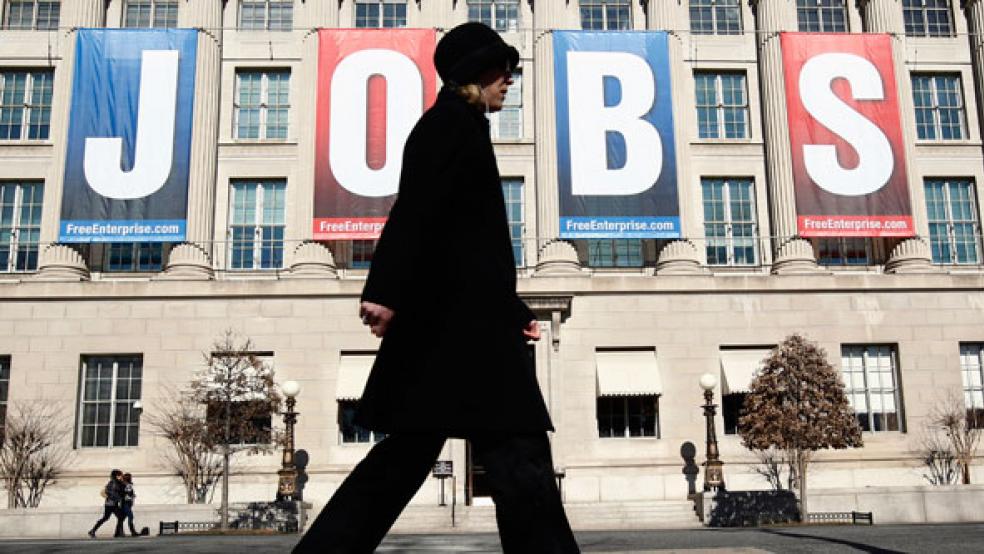“The American economy has almost tripled in size since 1980, yet the average inflation-adjusted wage for low-income workers has risen only about 10 percent,” writes David Leonhardt in The New York Times.
Leonhardt brings up that staggering stat in order to highlight a powerful policy tool for fighting poverty: the Earned Income Tax Credit (EITC). The refundable tax credit for low-income workers was enacted in the mid-1970s, growing over time from a modest benefit to a significant antipoverty program, as a recent Congressional Research Service report put it. And its structure encourages people to work more, helping the credit gain support from economists and politicians on both sides of the political divide.
“The E.I.T.C. hasn’t come close to making up for soaring pretax inequality, but it has made a meaningful difference,” Leonhardt writes. “Unfortunately, though, the program is quite narrow: Workers who don’t have dependent children under the age of 18 qualify for only a small fraction of the tax credit.”
Politicians from former President Barack Obama to House Speaker Paul Ryan have proposed expanding the program’s benefits, though they’ve differed on how to pay for it. And Leonhardt highlights a new study that provides additional ammunition for those who favor expansion.
The study, by nonpartisan research group MDRC, looks at a the results of three years of a test program that boosted benefits for New York City workers without dependent children. It found that the program reduced severe poverty and modestly raised employment rates. “The findings are consistent with other research on the federal EITC, indicating that an effective work-based safety net program can increase incomes for vulnerable and low-income individuals and families while encouraging and rewarding work,” the researchers write.
One of the study’s authors, Harvard economist Lawrence Katz, told Leonhardt that the benefits of a full national expansion of the EITC would probably be even larger as more people learn about the program and look to join to labor force.
Leonhardt adds: “A full expansion would affect something on the order of 15 million workers, other studies suggest, and would likely cost in the range of $30 billion to $40 billion a year — a fraction of what the Trump tax cuts cost.”





